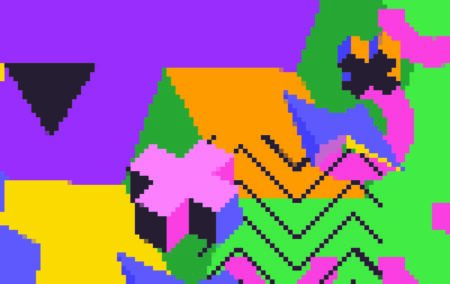Printable image:
1.Vector file
A vector graphics file is an image that can be made infinitely large or small without losing quality. Common vector file types include. AI (Adobe Illustrator),. EPS (Encapsulated Postscript), and . SVG (Scalable Vector Graphics).
- Vector images: There is no change in image quality even when enlarged.

This file can be printed in the highest quality possible.
- Raster images: When the image is enlarged, a staircase phenomenon occurs.

For example, JPEG, GIF, or PNG - usually used for websites.
- Conclusion: Vectorization is necessary for printing logos and graphic files used on websites.
2. High-Resolution image file
TIFF (Tagged Image File Format) is commonly used by shooters and designers. It is lossless (including the LZW compression option). So, TIFF is called the highest-quality image format for commercial purposes. It doesn't mean that this format is of higher quality than others. The main difference between TIFF and other formats is that it is more suitable for image post-production since it isn't compressed.
JPEG (Joint Photographic Experts Group) is a widespread format for saving photos. Its extension is written as .jpg.This best image file format features various qualities such as low, medium, and high. You should select less compressed options for this format if you need a high-quality image.
PNG (Portable Network Graphics) is a significant file format that assists in editing an image. It is the best image format for transparent background or drop shadows (partial transparency) for fantastic effects.
PNG will help save both photo quality and details. As a rule, this format is used for logos thanks to its big size.
We recommend images (bitmaps) be about 300 dpi at the 1/4 scale design size so that when blown up 400% and printed at the final size they will be about 75 dpi.
COLOR MATCHING - Our printed CMYK colors should closely match your designed colors, but exact matching is not guaranteed.
The printed proof we send you will show how our CMYK printer will print your design. We print files as is and do not provide color adjusting or matching services. However, after you receive your printed proof, you are welcome to adjust your design CMYK values based on the printed proof and request a new printed proof.

